Cine films and images gathering dust in Arbroath have been digitised to give a glimpse of a South Pole expedition into the unknown.
Arbroath carpenter Dave Bowen was 23 when he took to the high seas as a member of the British Antarctic Survey aboard the Royal Research Ship Shackleton.
David, now 81, served his joinery apprenticeship with local firm Sievwright and had been working in Liverpool for two years when he saw a newspaper advert in 1966.
The Shackleton was looking for a builder to join the 16-strong crew.
Keen on travelling the world, he was quite interested.
The successful candidate would be engaged in Antarctica on building maintenance and construction work on Signy Island in the South Orkneys.
The survey would last 18 months to 24 months.
The Shackleton would sail from Southampton to relieve some of the permanent Antarctic stations with a party of three being put ashore on South Georgia.
They would continue the geological survey of the mountainous and glaciated island.
“At this point I didn’t really know much about the Antarctic, but I sent off an application just to see what happened,” said Dave.
“Within a week I’d gotten a reply requesting I go down to London for an interview and medical.”
A week later, Dave was invited to attend a conference at Corpus Christi College in Cambridge. During this week, which was mainly for scientific explanations, he was given his work programme for the South Pole.
“It was another week before I got my sailing date,” he said.
“My parents didn’t know anything about it until I said I’d be back home for a week and then off to Antarctica.”
He would be stationed in the Falkland Islands.
Dave set sail early on October 3 1966 from Southampton although he thought the 1,102 ton ship would actually be bigger since it was ice strengthened.
On the journey over, Dave had many jobs aboard the ship such as being in control of the helm, and whale watch.
It took several weeks for the ship to make it to the Falkland Islands.
Once there, Dave mainly worked on two islands during his 18-month venture, as well as a few stops at ports along the way.
He took a cine camera with him to document the experience.
Port Stanley
Dave’s first stop in the Antarctic was Port Stanley.
He has vivid memories of first entering the Falkland Islands.
“The thing I can remember most is the radio blasting out Jimmy Shand and Jim Reeves.”
“All I could see from the ship was brightly coloured corrugated iron roofs, barren countryside and there was a strong smell of peat.” He recalled.
Upon docking at the port, Dave was told that there was someone there who knew him.
He was introduced to the pilot of the seaplane that delivered mail to the camps.
Although the pilot had mistaken Dave for his uncle, who had the same name, he was familiar with the family.
The man, Jim Hall, had known Dave’s uncle through his time with the Fairview Cycle Club in Arbroath.
“I knew of his family because they lived on Bruce Road, not a stone’s throw away from where my father and mother lived. His sister worked at the hospital in Arbroath.”
Dave’s main job while on the port was to build framework for a radio aerial.
This was to be carried to the top of the hill and concrete poured to keep it in place.
“We did various jobs in and around Stanley, but the worst was the bases as the wind was constant and bitterly cold,” he said.
The crew departed Port Stanley a couple of weeks before Christmas of 1966 and set sail for Signy Island.
Signy Island
Signy Island is in what is commonly called ‘The Banana Belt’, meaning it is the hottest island in Antarctica.
The base is still there today and is the only summer-only base in the Falklands. When Dave worked there, it looked quite different.
“It was a two-storey yellow building, the ground floor had labs for the scientists, a generator and a storeroom. It was manned by approximately 15 scientific people, a cook and a handyman.”
There was a ship which docked on the beach once a year. It brought the year’s supplies including newspapers, letters and building equipment.
“This was the first newspapers that the people on the base had seen in a year, so that took priority. The building supplies were unloaded last in case the weather changed.”
Dave was tasked with a few jobs while on Signy. The first was to build a jetty to make it easier to unload supplies. After this, he helped in the construction of a cold room which was used to store scientific samples.
As well as his work, Dave was required to take a turn as cook for the base.
“I’d never had to cook for myself let alone 20 odd men, it was not an easy task,” he shared.
“Through the years the men had made a cookbook for ingredients found on the base, that was my get-out-of-jail free card.”
After about six weeks, Dave’s crew set sail again, headed for his longest job.
Adelaide Island
Adelaide Island was Dave’s last destination before returning home.
His first job was to build accommodation for the base personnel. The geologist helped him during the winter months but worked alone in the summer. It was on Adelaide that Dave became accustomed to life in Antarctica.
“There was no running water, water for bathing, drinking or cooking. Ice blocks had to be collected every day and melted down.”
Dave explained that this was carried out by the person on mess duty that day. This person was also in charge of keeping the base clean and the fires topped up. They also had to clean and disinfect the toilet which was not a pleasant task.
“This was also the time when you could wash your clothes and have a bath.”
Many of these bases did not have doctors stationed, and Adelaide was one of them. This created problems for the crew as many of them had no first-aid training. There was one instance where someone hit a rock while skiing.
“We thought he’d broken his leg, so we bandaged and splinted it up. On the vet’s yearly check-up, he x-rayed the leg, and it wasn’t broken at all!”
Most of the time, due to the cold, the only animals on the base were Huskies, who were bred on the base and sent to others. Dave often saw the puppies running around the camp.
“The oldest dog on the base was Brin who was 20 years old and had travelled 20,000 miles. He spent his last years toddling around the buildings”
However, when summer came, the base got warmer.
“The temperature reached zero and you could take your top off and get a suntan. This was when all the animals returned.”
Dave managed to capture a lot of pictures and videos of his work, and the animals he encountered in the cold climate.
The rest of Dave’s time on base was spent building new sleeping quarters and a library.
The end to a journey
Upon returning home in May 1968, Dave expected more people to ask about his adventures.
“They weren’t interested, most of them didn’t even know where Antarctica was.”
Dave spent a few months in Arbroath, but he still wanted to travel the world. He was able to get several jobs working overseas in places like West India and Uzbekistan. He met his wife through his work and, now retired, has settled down in Arbroath.
The Cine Films
The cine camera that he used to document his trip was put away when he returned.
He has now decided to write his autobiography for his family and got in touch with Grant Millar, who specialises in digitising old cine films and photographs.
What Dave saw almost 60 years ago will now be preserved for generations to come.
Grant concluded: “I’m often amazed by the historical treasure that folk have squirrelled away, and David’s collection is the perfect example of this.
“It makes me think of that saying that the ‘real’ national archives can be found in people’s attics, sheds, lofts, cupboards and garages.”
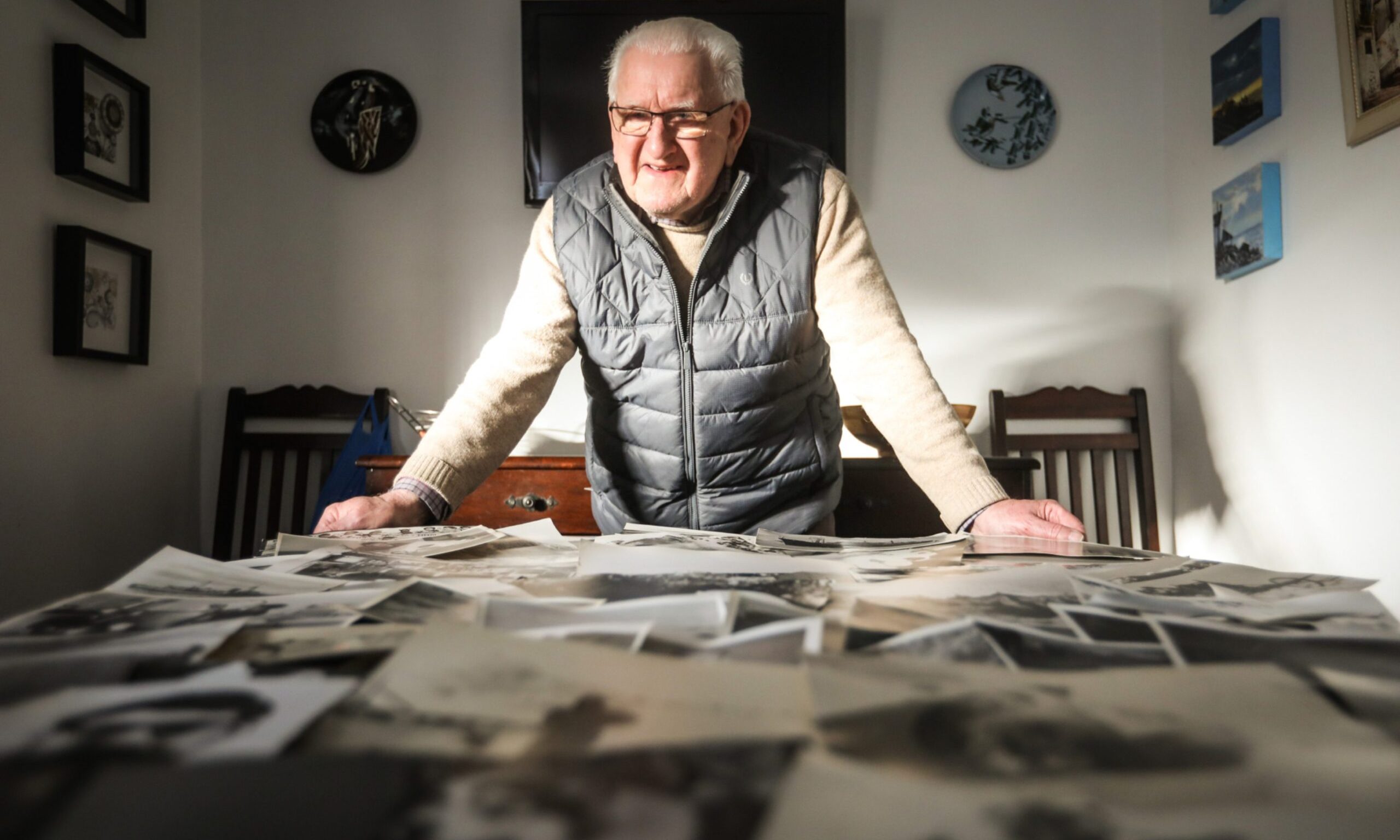
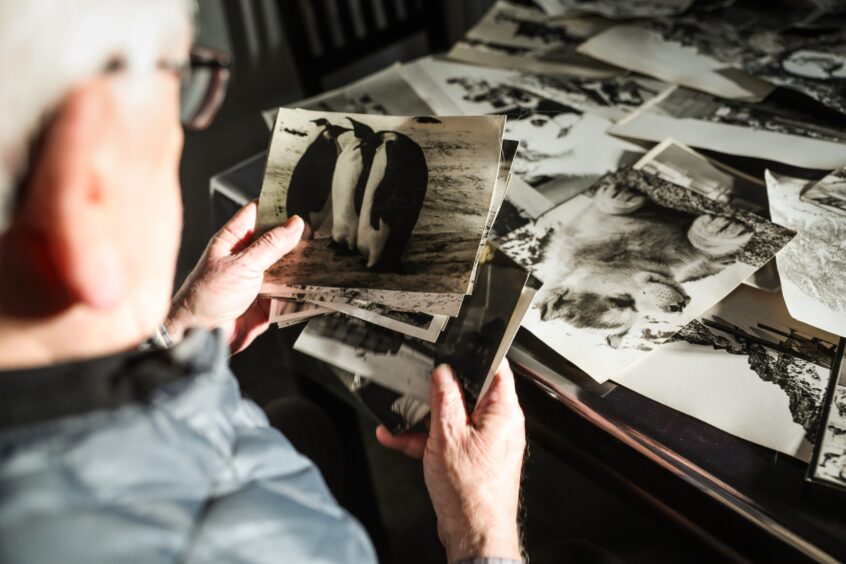
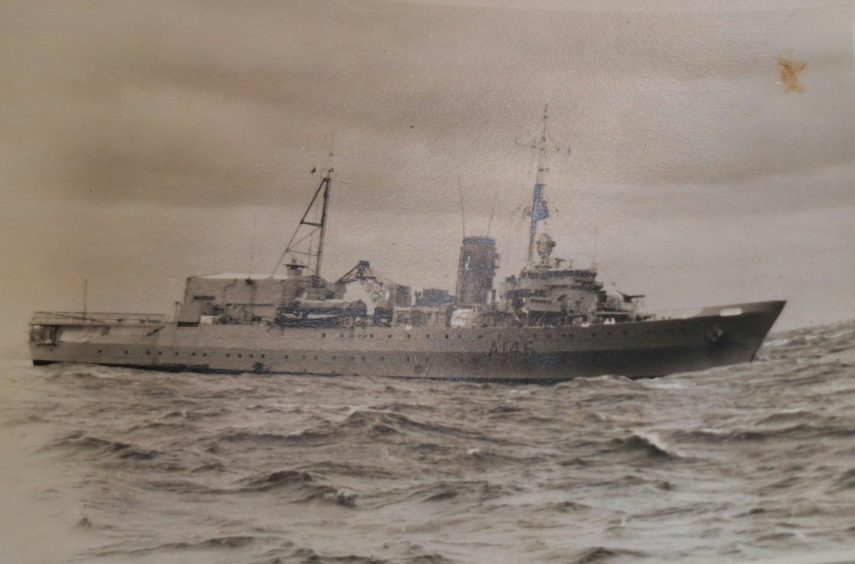
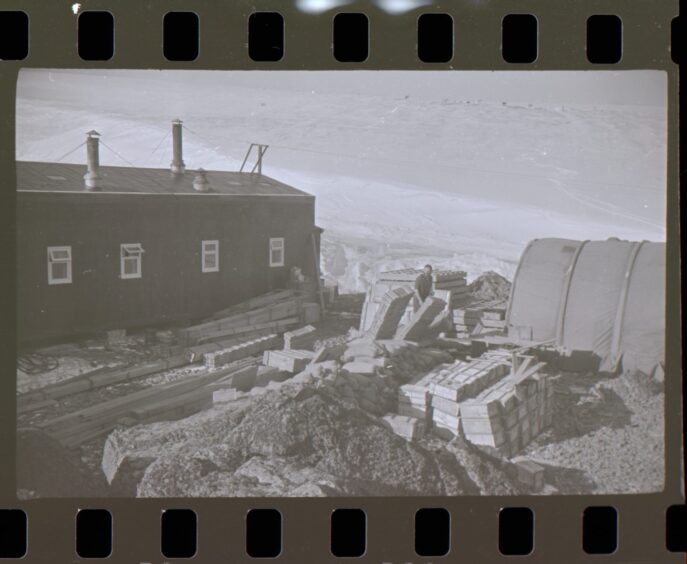

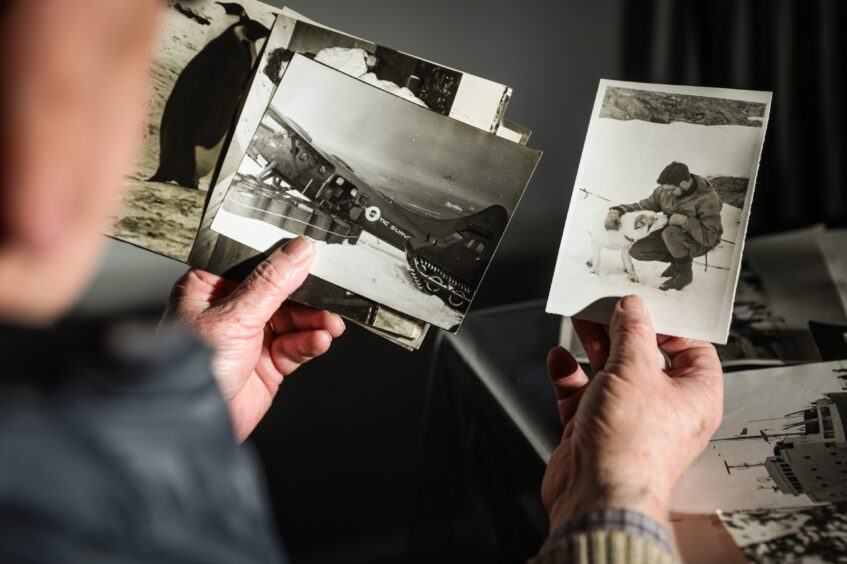
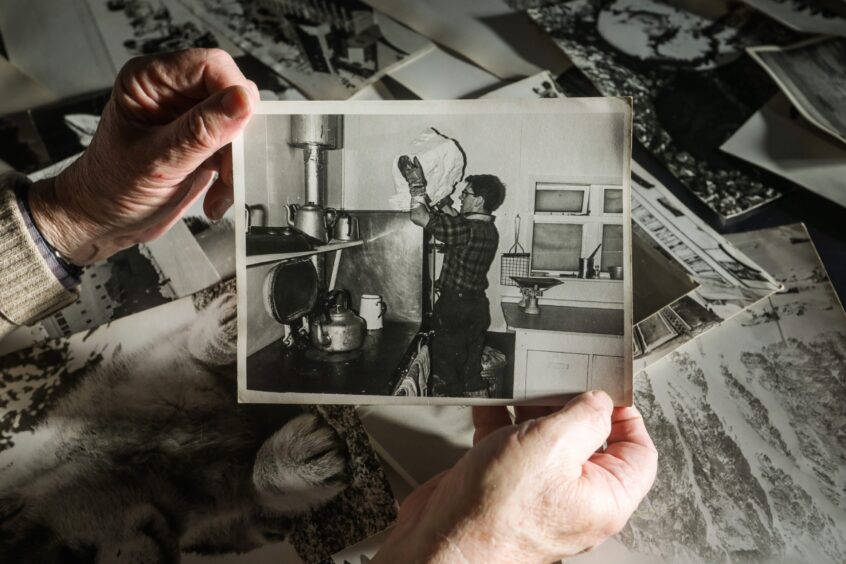










Conversation